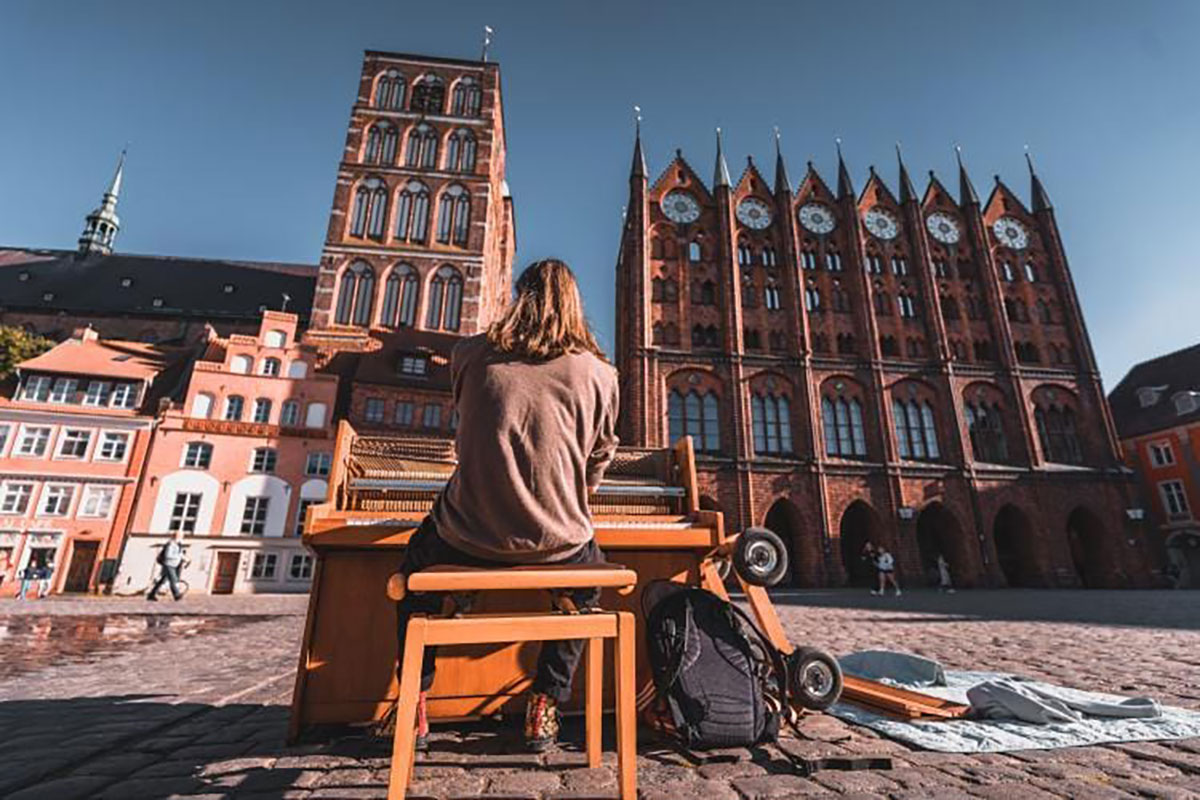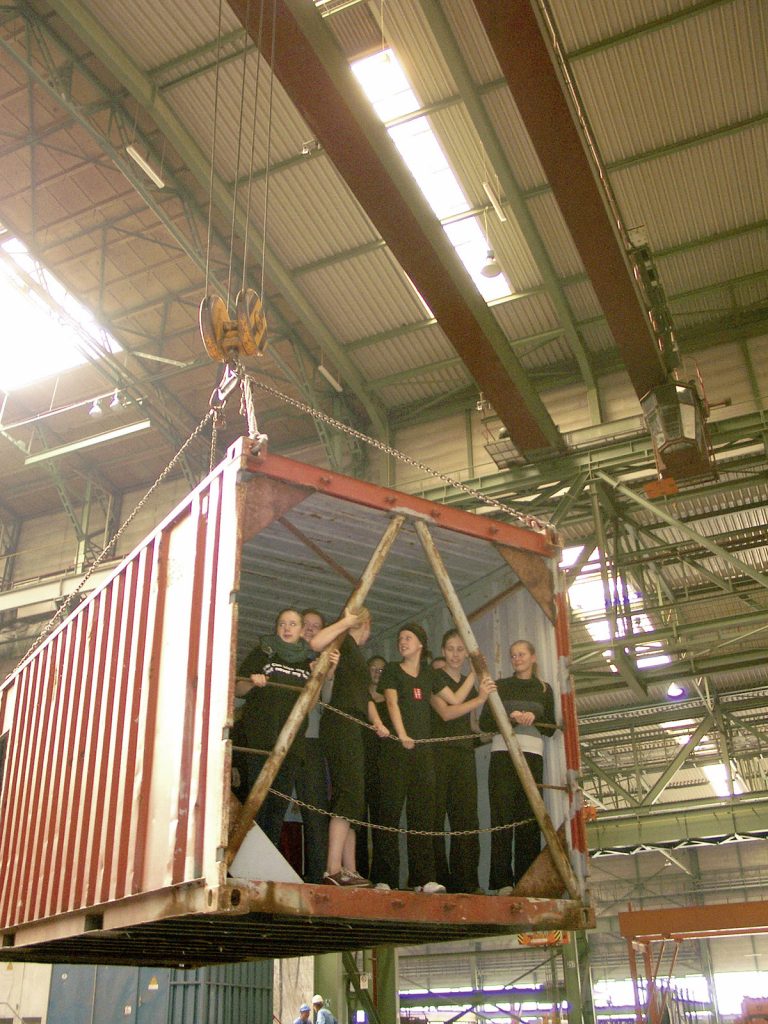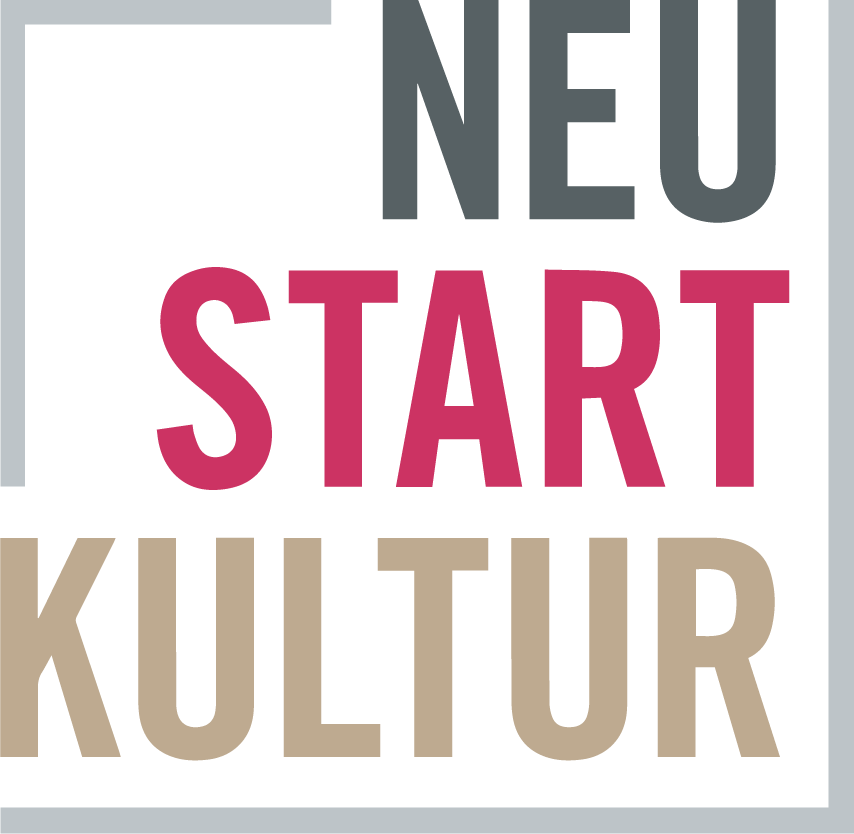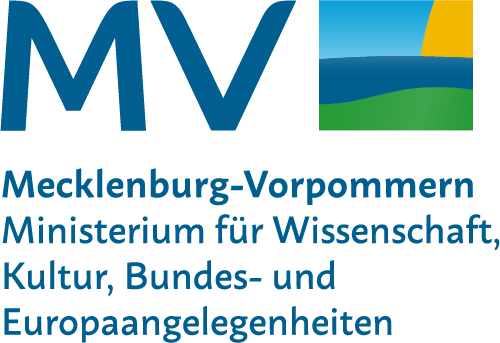Adventures between sun, sails and clouds: How the Perform[d]ance initiative is bringing dance to rural areas
It is one of those pleasant spring days in Stralsund, when instead of a cool sea breeze, the wind brings mild sea air to the small town on the Baltic Sea. A hint of gold mixes with the clarity of the midday light, and there is a slight sheen on the rooftops. Families stroll, teenagers roam the streets; as everywhere else in the world where there is something to explore, the tourists can be recognized by their sometimes astonished, sometimes searching looks and their often very purposeful stride through the old town. Seagulls screech in the harbor. You have to be careful that they don’t steal the fish from your fish sandwiches.







